Chinese food enjoys high reputation in the world not only for its exquisite, delicious taste and charming appearance but also for its sheer abundance. It is due to the diversity of the climate, products and customs that there are widely different food styles and tastes in local regions.
Throughout its long history, Chinese cuisine has played an important role and now is considered an integral part of the nation's traditional culture.
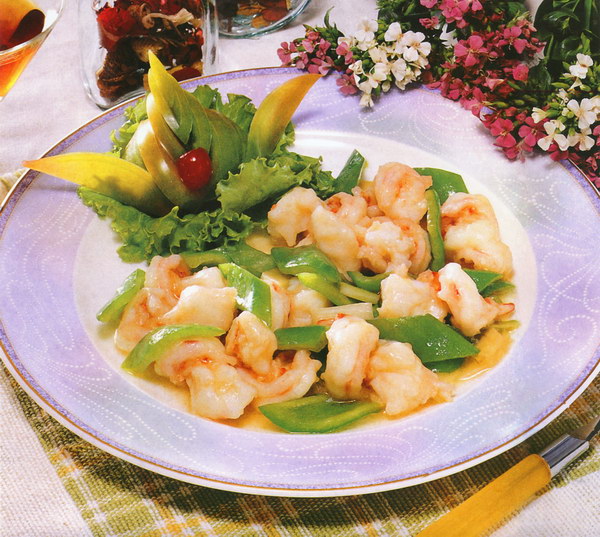 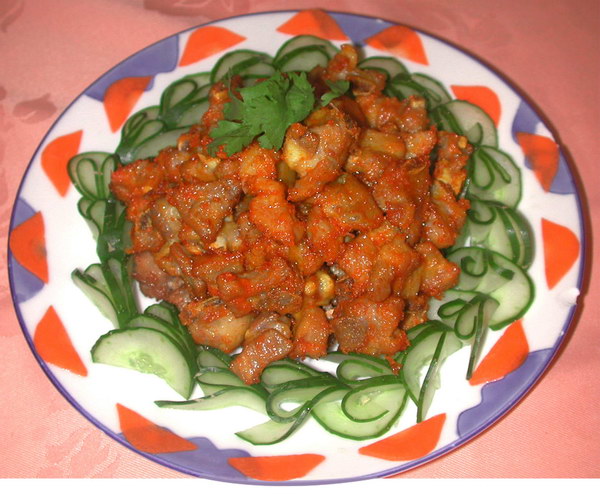
Features
Colorful, aromatic and delicious are characteristics of China's varied cuisines. Wherever you find yourself in China, your senses are tested to the extreme whilst enjoying the unusual dishes, often unique for the area you are visiting.
Chinese cuisine's entree normally strives for three to five colors, made up of the main ingredient, with more secondary ingredients of contrasting colors and textures. These are prepared and cooked to enhance their own qualities, with the use of appropriate condiments and garnishing, enabling the chef to present a delicious platter of fragrant delicious art.
In prepared dishes, the stronger fragrant aroma stimulates one's appetite, by using scallion, fresh ginger, root garlic or chili pepper, with the use of wine, aniseed, cinnamon, peppercorn or sesame oil. Complementary nuances are added. Soy sauce, sugar, vinegar and other seasonings may be used discreetly, adding to the complex play on the taste buds.
All chefs of the Chinese kitchens, professional or in the home, strive for harmony of sight, smell, taste, texture, so that each individual dish has it's unique features highlighted; contrasted and balanced if it is a dinner of many dishes, be it 3, 6, 9 or 12. The flavors must not overpower, yet subtle enough to meet the tastes of those dining. Complex or simple dishes may be prepared quickly or much longer, but the ultimate goal is to share with the guests the play on the eaters' real and imagined visions of the dishes and its ingredients.
A further point is that over festive periods, with the play of word's phonetics, well meaning felicitous names of dishes have many people trying to guess what they are about to eat, thereby adding fun to eating.
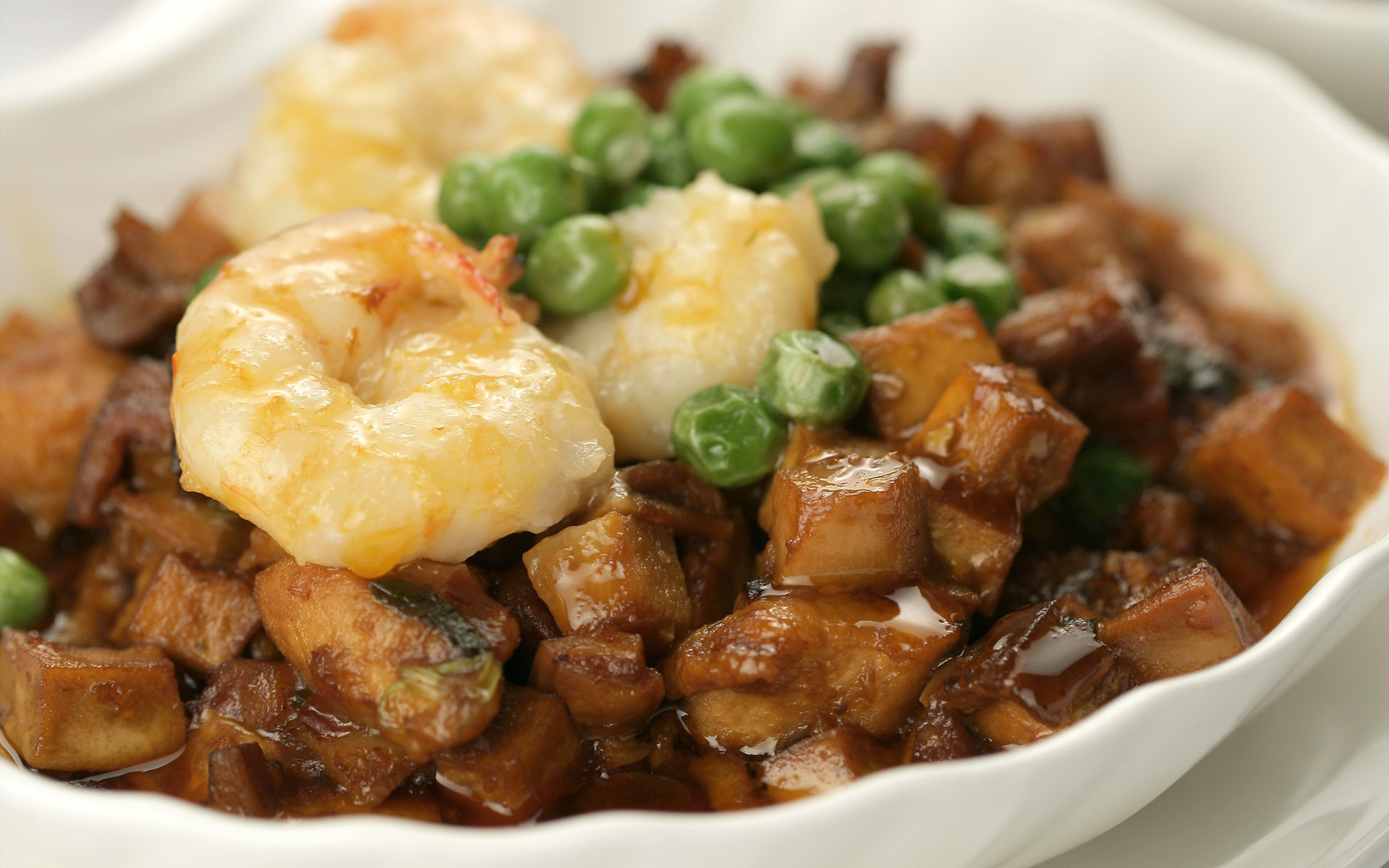 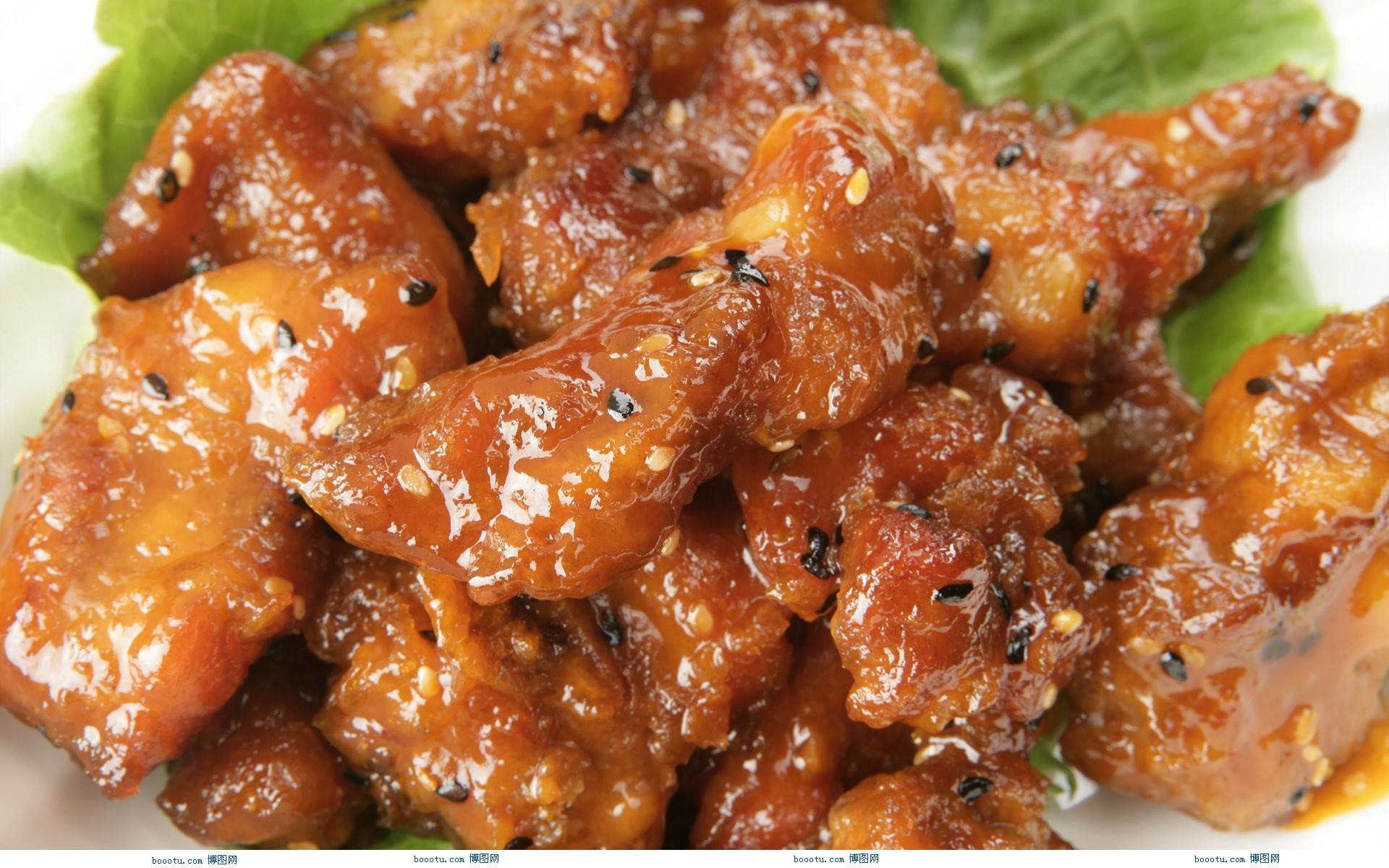
Eight cuisines
China covers a large territory and has many nationalities, hence there is a wide variety of Chinese foods, each with quite different but fantastic and mouthwatering flavors. Because China's local dishes have their own typical characteristics, Chinese food can be divided into eight regional cuisines, the distinction of which is now widely accepted. Certainly, there are many other local cuisines that are famous, such as Beijing Cuisine and Shanghai Cuisine.
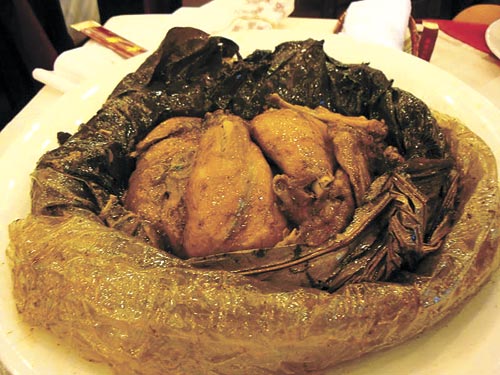 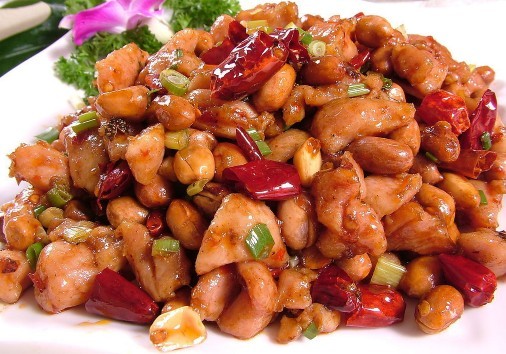
Beggar's Chicken Kung Pao Chicken
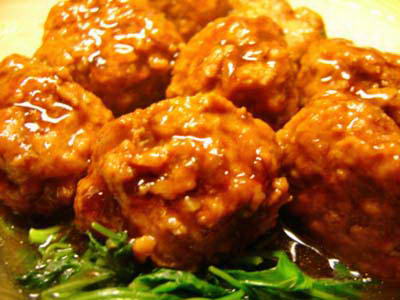 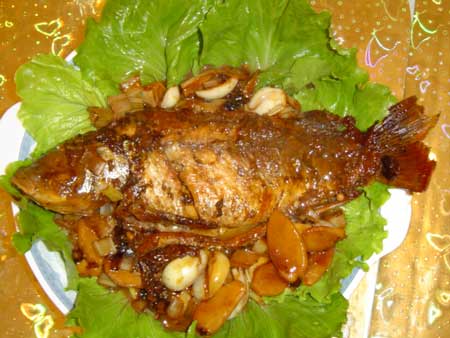
Pork Meat Patties Sweet-And-Sour Carp
Dumpling
Jiaozi, or dumpling, is a traditional and popular food with a long history in China. There is a popular saying in China: "There is nothing more delicious than Jiaozi." so you could imagine how much Chinese love it.
In the later years of Eastern Han Period, an official called Zhang Zhongjing created a kind of food to help poor people keep warm in cold winter. It was made with all kinds of fillings such as mutton, hot pepper and some medicinal materials. Afterwards people began to make dumplings as well.
Jiaozi is the food that will no doubt appear on tables during Spring Festivals. Generally, people prepare it before midnight on the last day of the passing lunar year and eat it after the New Year's bell is sounded.
Jiaozi looks like shoe-shaped gold and silver ingots so when people eat it during festivals they really hope it could bring fortune and good luck to them, and this, of course, is their best wishes. Sometimes people will add some sweets, Chinese dates and chestnuts in fillings of some dumplings to express their wishes. They hope those who get sweets could have a sweeter life. Those who get dates and chestnuts could have babies early, because dates (Zao), are homonymic with early in Chinese, so are chestnuts (Zhenzi). Zi is homonymic with children.
Today Jiaozi has already become an important part of Chinese cuisine.
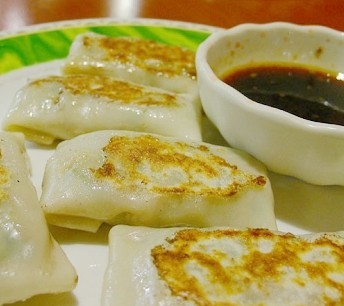 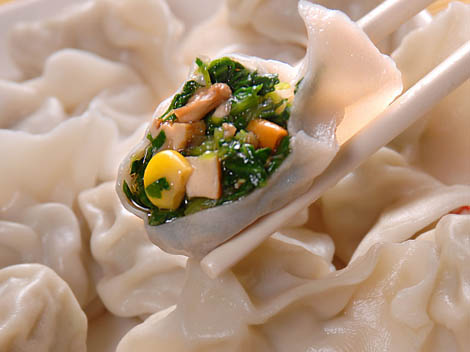
Chopsticks
It will be an awkward experience for foreigners to use chopsticks to have a meal.
Chinese choose chopsticks as their tableware rather than a knife and fork since Chinese people, under the cultural guidance of Confucianism, consider a knife and fork to represent a sort of violence, and to resemble cold weapons. However, chopsticks reflect gentleness and benevolence, the main moral teachings of Confucianism.
Chinese food seems to taste better when eaten with chopsticks which are the special utensil that the Chinese use to dine with. It is usually an awkward first experience for foreigners to use chopsticks with their meal. Fortunately, learning to eat with chopsticks is not difficult. After a little practice, you can use them to enjoy any meal including Chinese food. Certainly in the first few attempts, you have to take care.
Using chopsticks to eat rice is a problem for most foreigners. Generally the tip to eating rice is to bring one's rice bowl close to one's mouth and quickly scoop the rice into your mouth with one's chopsticks. Since this is difficult for foreigners, simply lift portions of rice to the mouth from the bowl held in the other hand - this is perfectly acceptable.
There are superstitions associated with chopsticks too. If you find an uneven pair at your table setting, it means you are going to miss a boat, plane or train. Dropping chopsticks will inevitably bring bad luck. Crossed chopsticks are, however, permissible in a dim sum restaurant. The waiter will cross them to show that your bill has been settled, or you can do the same to show the waiter that you have finished and are ready to pay the bill.
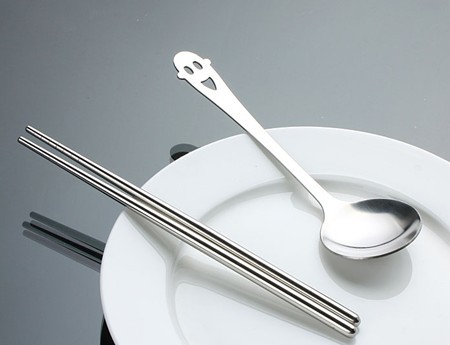 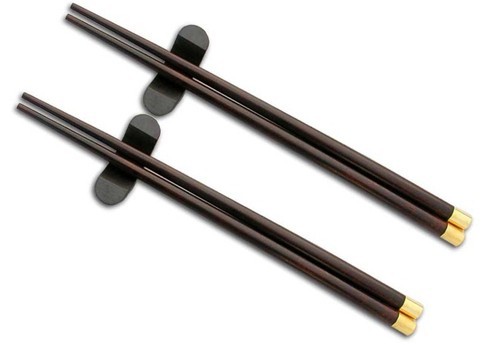
Table Manners
In China, people tend to eat together, usually the host will serve some dishes with his or her own chopsticks to guests to show his or her hospitality. For Westerners it is quite acceptable to leave the food alone if you feel too awkward. There some other rules, that are suggested you follow to make your stay in China happier, though you will be forgiven if you have no knowledge of what they are.
Never stick your chopsticks upright in the rice bowl, since that usually appears on the funeral and is deemed extremely impolite to the host and seniors present.
Make sure the spout of the teapot is not facing anyone. The proper way is make it direct outward from the table.
Don't tap on your bowl with your chopsticks, since that will be deemed insult to the host or the chef.
Never try to turn a fish over and debone it yourself, since the separation of the fish skeleton from the lower half of the flesh will usually be performed by the host or a waiter. Superstitious people will deem bad luck will ensue and a fishing boat will capsize if you do so.
Food Symbolism
In China, foods are given particular meanings, so that in certain occasion a type of food, can only be eaten by some specific individuals, or must be eaten in specific occasion.
Usually, an honored guest will be served a snapper's head or shell to hail him and show warmly welcome in some districts.
Long noodle is the symbol of longevity in China, so that youngsters or seniors all will have a bowl of Long Life Noodle in the expectation of a healthy life.
In Central China, if a baby is born, his father will send Red Boiled Eggs to announce the news. An even number, usually six or eight Red Boiled Eggs with a black point dotted on one end will be delivered for a boy and an odd number, usually five or seven without black point for a girl.
Fish is always served to symbolize accumulations of prosperity and wealth with the New Year's Eve meals.
There are other foods and snacks, which symbolize good wishes under special circumstances. These include duck, chicken and melon seeds.
|
